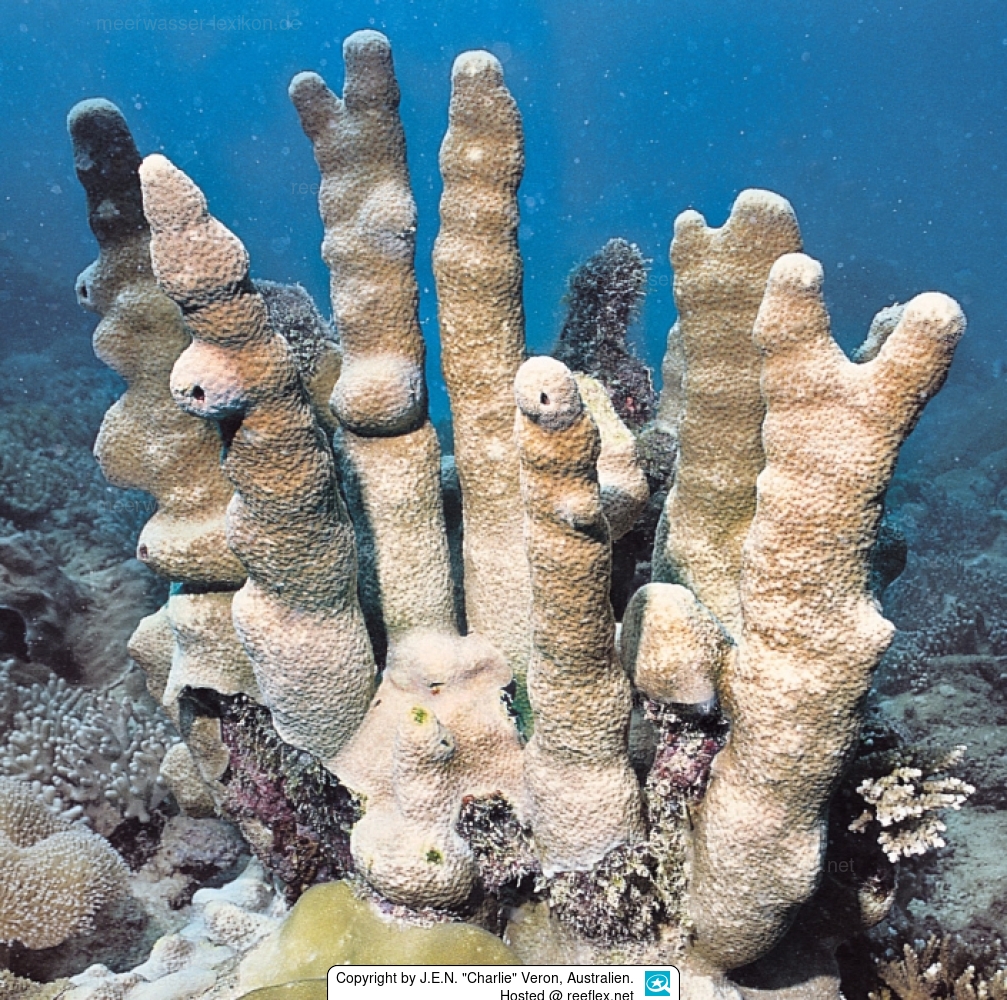Info
Milne Edwards and Haime, 1851
Similar Species: The growth-form is unlike any other Psammocora species but colonies of Coscinaraea exesa may be similar in shape.
Important parameters include:
Light:
All small polyp stony corals require very high light levels.
Therefore, they should tend to be located at the top of the tank with average lighting.
Heat/Cold:
Corals of the genus Stylophora will not tolerate water temperatures below 20 degrees or above 30 degrees for long periods of time.
Both cases they will acknowledge with bleaching.
Current:
They can tolerate quite a good current, though never have the pump outlet pointed directly at a coral.
Alternating, more turbulent flow conditions are best.
Water parameters:
Trace elements, (calcium 420-440 mg/L, magnesium 1100-1300 mg/L, KH below 8, strontium 8 mg/L). Water changes: at least 5% a week or 10% a month.
Water quality:
Permanently stable and clear water if possible, if necessary carbon filtration or ozonation is advisable to remove yellow substances.
The bucket comparison (white containers of the same size, in one freshly prepared water, in the other aquarium water) will quickly show you if your water in the aquarium is as clear as fresh water.
Acropora stony corals do not like to stand in a yellow broth.
Nitrate NO3:
Less than 5 mg/L.
Phosphate PO4:
Less than 0.1 mg/L better even in the range of 0.01 mg/L.
All the mentioned stony corals can be propagated by fragmentation.
Let's not forget the aspect of animal - and environmental protection that all coral breeders do by now.
The more offshoots, the less removals in nature.
Whereby also there in the years much has done.
So today corals from aquaculture are offered preferentially and sold as offspring.







 Dr. John Edward Norwood "Charlie" Veron, Australien
Dr. John Edward Norwood "Charlie" Veron, Australien














